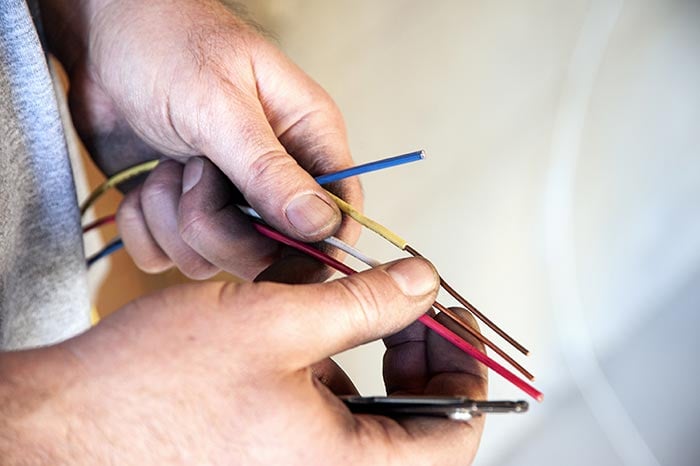I was going to reply to another thread about long distance runs being a common challenge but I thought I would just start a new thread. Please share your long distance setup and what works.
I know there are allot of unique situations. Going forward, allot of people are moving to land and off-grid. Allot of times, there is only 1 or 2 good spots for panels and the "cabin" is better elsewhere or multiple buildings and residents.
I am in one of these situations. My sunny spot is not where the house is going. Current cabin I live in is also a ways form the solar panels and it was better to put all the gear in a shed between the panels and cabin about 75' from panels and 160' from Cabin. I'm running 3 leads of 120v AC to the cabin. My setup is multi MPPTs with 80V strings. I'm 12V. Next system will be 48v with higher voltage strings. Still multiple MPPTs and inverters though. I don't like the AIO approach.
I will have a second cabin next year with minimal power needs that will be 600' from the panel field. Current thougt was to move 200vish DC(250v MPPT) from panels direct to the cabin over 600'. Probably a single 10gauge/5amp run.
This subject could almost have its own sub forum, it seems to be a tricky ordeal many go through moving power where it needs to go.
I know there are allot of unique situations. Going forward, allot of people are moving to land and off-grid. Allot of times, there is only 1 or 2 good spots for panels and the "cabin" is better elsewhere or multiple buildings and residents.
I am in one of these situations. My sunny spot is not where the house is going. Current cabin I live in is also a ways form the solar panels and it was better to put all the gear in a shed between the panels and cabin about 75' from panels and 160' from Cabin. I'm running 3 leads of 120v AC to the cabin. My setup is multi MPPTs with 80V strings. I'm 12V. Next system will be 48v with higher voltage strings. Still multiple MPPTs and inverters though. I don't like the AIO approach.
I will have a second cabin next year with minimal power needs that will be 600' from the panel field. Current thougt was to move 200vish DC(250v MPPT) from panels direct to the cabin over 600'. Probably a single 10gauge/5amp run.
This subject could almost have its own sub forum, it seems to be a tricky ordeal many go through moving power where it needs to go.





